Введение
Spring rolls are among the most beloved snacks and appetizers across the world today. Whether deep-fried and crispy or fresh and delicate, spring rolls carry with them centuries of tradition, cultural symbolism, and culinary creativity. But where do they come from? How did they evolve? And why have they become a global icon of Asian cuisine? we explores the fascinating history of spring rolls, tracing their journey from ancient China to the rest of the world.
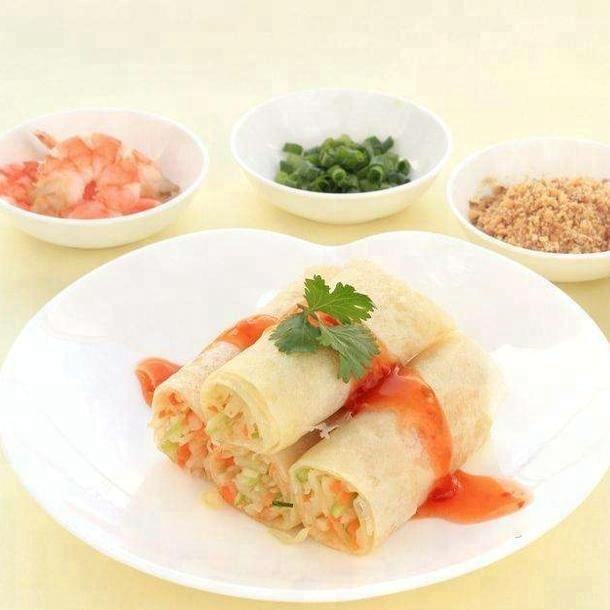
Origins history of Spring Rolls in Ancient China
The Link to Spring Festival
The story of spring rolls begins in China, more than a thousand years ago. During the Spring Festival (Chinese New Year), people traditionally prepared thin pancakes made from wheat flour and filled them with fresh spring vegetables. This dish, известный как spring pancakes (春饼 chūn bǐng), symbolized the arrival of spring and new life.
Eating these pancakes was considered auspicious, believed to bring prosperity and good health for the coming year. Через некоторое время, these spring pancakes evolved into the more compact, rolled versions we recognize as spring rolls.
Symbolism of Spring Rolls
The golden, cylindrical shape of fried spring rolls resembled gold bars, which made them a symbol of wealth and good fortune. Families served them to honor ancestors and to wish for prosperity. The dish carried a dual role: both as food and as cultural symbolism.
Development During Dynasties
Tang and Song Dynasties
By the Tang dynasty (618–907), spring pancakes were widely enjoyed, often filled with seasonal greens, bamboo shoots, and bean sprouts. During the Song dynasty (960–1279), recipes became more elaborate, with records of different fillings and cooking methods.
Ming and Qing Dynasties
It was during the Ming (1368–1644) и Qing (1644–1912) dynasties that the dish truly flourished. Cooks began rolling the pancakes more tightly and experimenting with frying techniques, giving birth to the crispy spring rolls. They were served not only at home but also in imperial banquets, cementing their place in Chinese cuisine.
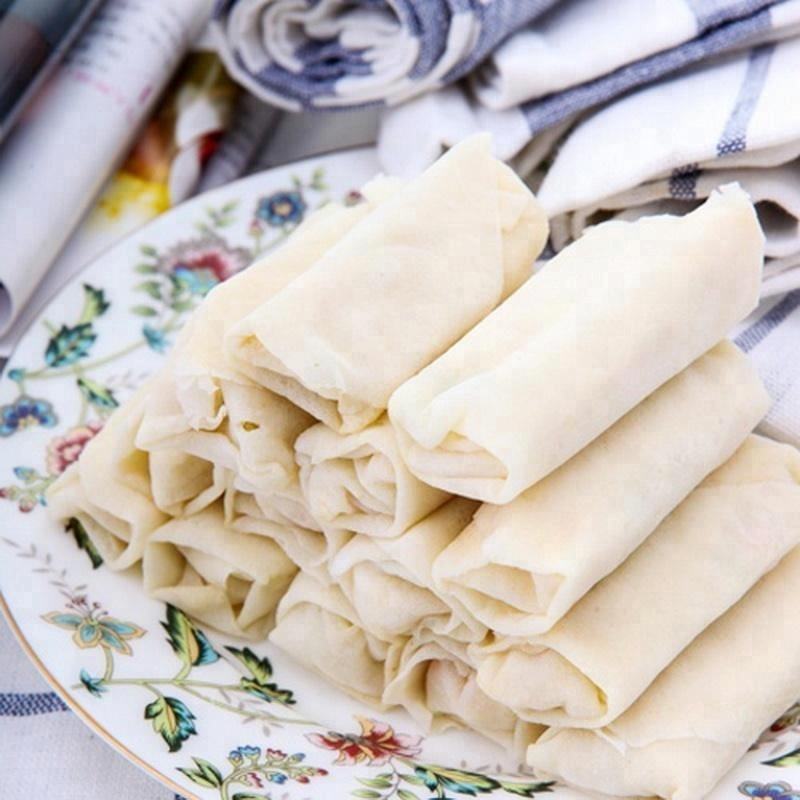
Spread Across Asia
Вьетнам: Gỏi cuốn and Chả giò
Vietnam developed its own variations. The famous свежие блинчики с начинкой (gỏi cuốn), made with rice paper and filled with herbs, креветка, pork, and vermicelli, highlight freshness rather than frying. Тем временем, chả giò, the fried version, became popular as well. Both dishes reflect Vietnam’s emphasis on balance, свежесть, and harmony in food.
Таиланд: Popiah and Por Pia Tod
In Thailand, the influence of Chinese migrants led to popiah (fresh or steamed spring rolls with vegetables and sauces) и por pia tod (deep-fried spring rolls). These became a staple of street food culture in Bangkok and beyond.
Филиппины: Весенний бросок
The Philippines created блинчики с начинкой, a spring roll variant influenced by Fujianese immigrants. Lumpia can be fresh (lumpiang sariwa) or fried (lumpiang shanghai), often filled with pork, креветка, and vegetables. Lumpia is central to Filipino celebrations and is considered a symbol of hospitality.
Индонезия: Lumpia Semarang
In Indonesia, particularly in Semarang, lumpia became a fusion dish blending Chinese fillings with local spices. The Indonesian version often includes bamboo shoots, курица, or prawns.
Other Asian Variations
From Malaysia’s popiah к Cambodia’s nem ran, spring rolls spread across Southeast Asia, adapting to local tastes and ingredients. Each culture added its own unique twist.
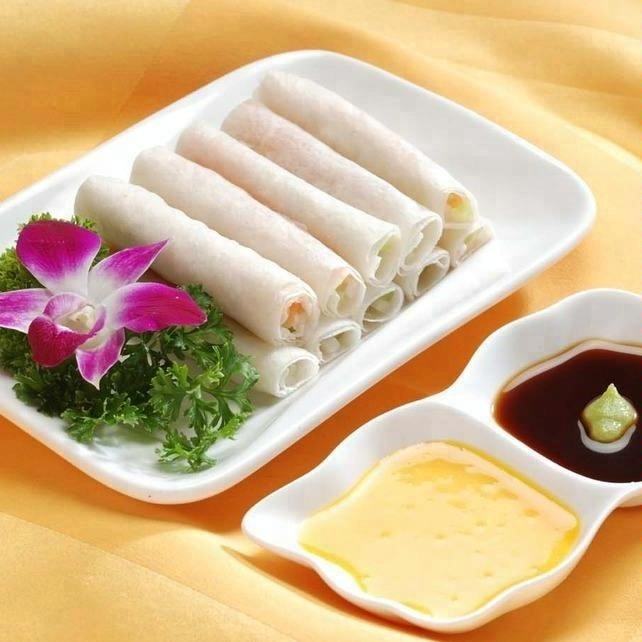
Introduction to the West
Chinese Immigration and Chinatowns
In the 19th and early 20th centuries, Chinese immigrants brought spring rolls with them to the West. As Chinatowns formed in cities like San Francisco, London, and New York, spring rolls became a popular item in Chinese restaurants.
Americanization of Spring Rolls
In the U.S., термин яичный рулет emerged, which is a thicker, fried version distinct from traditional Chinese spring rolls. Although debated, it’s believed that egg rolls evolved from spring rolls, modified to suit Western tastes with cabbage-heavy fillings and thicker wrappers.
European Adaptations
In Europe, spring rolls were embraced in diverse forms. In France, due to colonial ties with Vietnam, fresh spring rolls became popular, often served in French-Asian fusion restaurants. In the UK, spring rolls became a staple takeaway item.
Symbolism and Cultural Role
Celebrations and Festivals
Spring rolls remain an essential food during Lunar New Year celebrations across Asia. Families prepare and share them as a sign of prosperity. In Vietnam, they are also prepared during Tết (Vietnamese New Year).
Everyday Street Food
Beyond festivals, spring rolls are a beloved street food. Their portability, доступность, and versatility make them a daily snack for millions of people across Asia.
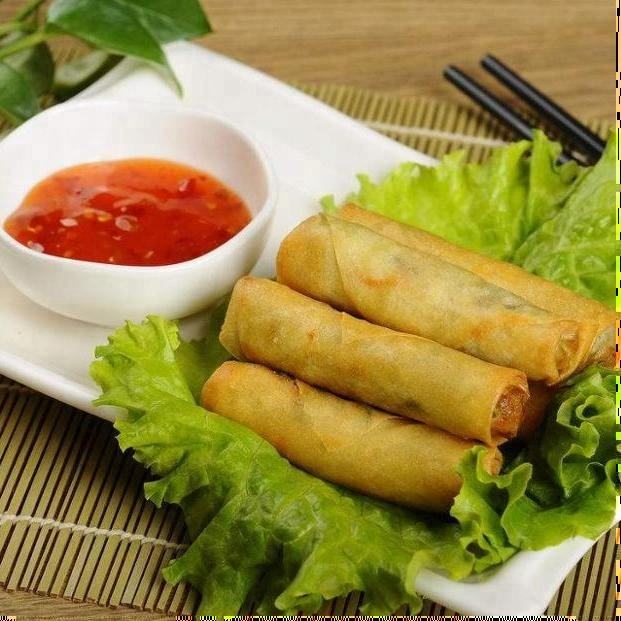
Culinary Evolution and Modernization
Changing Fillings
While traditional fillings emphasized vegetables and seasonal produce, modern spring rolls include a wide array of fillings: морепродукты, курица, говядина, тофу, and even fusion flavors like cheese or curry.
Healthy Variants
Свежий, non-fried spring rolls have gained popularity globally as a healthy alternative, often marketed as gluten-free, low-carb, and rich in nutrients.
Gourmet and Fusion Cuisine
In fine dining, chefs reinvent spring rolls with innovative ingredients: foie gras, трюфельное масло, or smoked salmon. This shows the adaptability of the dish in contemporary gastronomy.
Frozen and Commercial Spring Rolls
With globalization, frozen spring rolls have become a supermarket staple. Food processing companies mass-produce them, ensuring their availability worldwide.
Глобальная популярность
In the United States
Spring rolls are featured in both authentic Chinese restaurants and Westernized Asian eateries. The popularity of Vietnamese cuisine has also boosted fresh spring rolls’ reputation.
In Europe
Countries like Germany, the UK, and France feature spring rolls in Asian takeaways and fusion restaurants. The Vietnamese diaspora has particularly influenced the rise of fresh spring rolls in Paris.
In Australia and Beyond
Австралия, with its large Asian community, enjoys both traditional and fusion spring rolls. In places like Singapore and Malaysia, spring rolls are integrated into local hawker food culture.
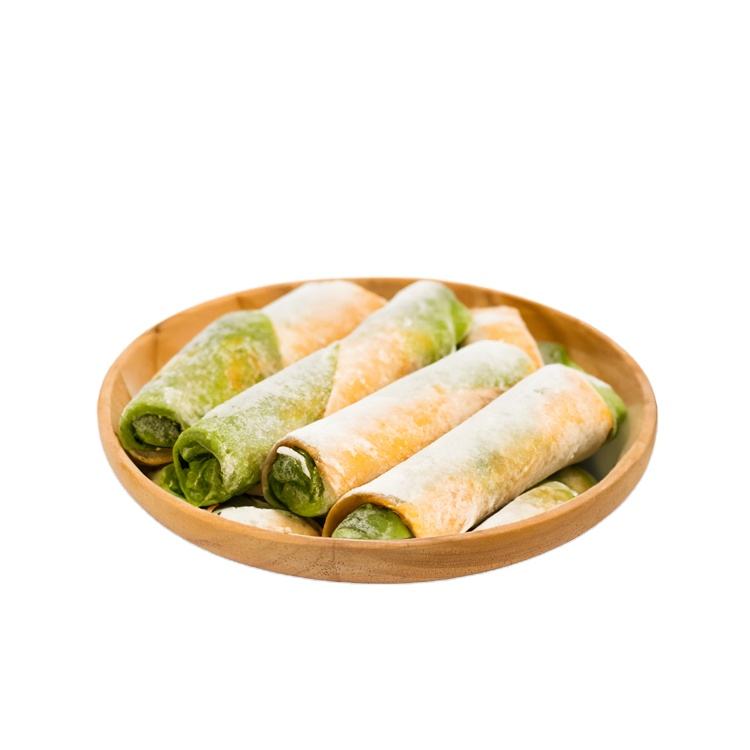
The Debate: Spring Roll vs. Egg Roll
One interesting cultural debate revolves around the difference between spring rolls and egg rolls. While both share common ancestry, egg rolls are considered an Americanized offshoot, thicker and crispier due to their wheat flour wrappers. Спринг-роллы, in contrast, have more delicate wrappers, and their origins are rooted in Asian traditions.
Spring Rolls in Popular Culture
Spring rolls have appeared in cookbooks, films, and even memes, becoming a symbol of Asian food identity. They represent not only culinary delight but also cross-cultural exchange.
Recipes Through Time
Ancient Style Spring Pancakes
The earliest form was a simple wheat pancake with stir-fried vegetables.
Traditional Chinese Fried Spring Rolls
Filled with cabbage, морковь, and pork, wrapped in thin wheat wrappers, and fried until golden.
Vietnamese Fresh Rolls (Спринг-роллы)
Rice paper filled with fresh herbs, vermicelli noodles, креветка, and dipped in hoisin-peanut sauce.
Filipino Lumpia Shanghai
Minced pork, onions, морковь, wrapped in thin wrappers and deep fried.
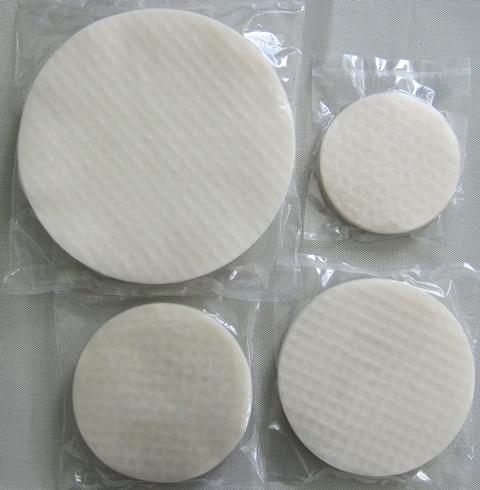
The Future of Spring Rolls
Sustainable Ingredients
With increasing awareness of sustainability, plant-based proteins are finding their way into spring roll fillings.
Global Fusion
Expect to see more fusion rolls, like Mexican-inspired spring rolls with avocado and salsa, or Mediterranean versions with hummus and olives.
Digital Era Popularity
Social media platforms, especially TikTok and Instagram, have made spring rolls a trending dish, with recipes and street food videos going viral worldwide.
About final history of spring rolls
From their humble beginnings as ceremonial pancakes in ancient China to their status as a beloved global delicacy, spring rolls embody history, культура, and adaptability. They are more than just food—they are edible symbols of prosperity, migration, and fusion. Whether you’re enjoying a crispy fried lumpia in Manila, a fresh gỏi cuốn in Ho Chi Minh City, or a takeaway spring roll in London, you are tasting centuries of history rolled into one bite.
If you are interested in Спринг -рулон , choose us as your trusted supplier—we provide high-quality equipment and professional service.
